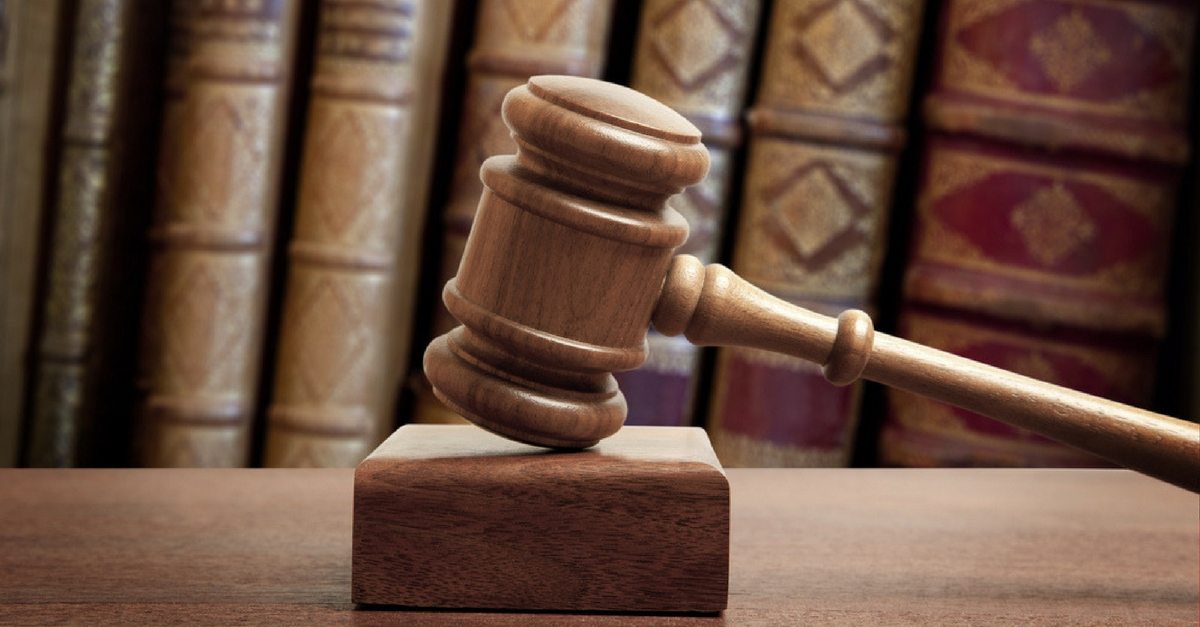
If you’re considering bankruptcy in Canada, it’s important to understand the rules that will govern your financial fresh start. The Bankruptcy and Insolvency Act (BIA) is the federal legislation that regulates the bankruptcy process across Canada. This bankruptcy law establishes consistent rules for how bankruptcies are administered, what happens to your assets and debts, and what obligations you’ll have during the process.
Understanding these rules will clarify what to expect and help you take the right steps toward financial relief.
Here are the top 6 bankruptcy rules you should know:
Table of Contents
1. Bankruptcy Discharge Timelines and Surplus Income Payments
When filing for bankruptcy, debtors must contribute a portion of of their income over a set government threshold into their bankruptcy estate. Each month during your bankruptcy, you must report all household income to your Licensed Insolvency Trustee (LIT) so they can calculate this surplus income.
The calculation involves comparing your household’s total monthly income to a standard based on family size. If your income exceeds this threshold, you must pay 50% of this surplus to your LIT for the benefit of your creditors. These surplus income payments continue throughout your bankruptcy period,
Surplus income also extends how long your bankruptcy lasts:
- First-time bankruptcy: Typically lasts 9 months, extended to 21 months with surplus income.
- Second bankruptcy: Lasts 24 months, extended to 36 months with surplus income.
2. Exempt Assets in Bankruptcy
When you file bankruptcy you must surrender certain assets to your LIT however you don’t lose everything. Certain assets are exempt from seizure, meaning you can keep them, including:
- Personal items, household furnishings, tools required for your job (within provincial limits).
- Most RRSP contributions (except those made within the last 12 months).
- Vehicle equity, up to provincial exemption limits ($7,117 in Ontario)
- Home equity, subject to provincial exemptions (up to $10,783 in Ontario)
You must also disclose any assets you’ve sold, transferred, or given away prior to filing bankruptcy. Your Licensed Insolvency Trustee may review transactions from the past 1-5 years, and any sales below fair market value or transfers intended to hide assets can be reversed by the court.
3. Tax Refunds and Bankruptcy
During bankruptcy, tax refunds for the years up to and including the year you file bankruptcy become part of your bankruptcy estate. Future refunds from years after your filing date are yours to keep.
4. Dischargeable vs Non-dischargeable Debts
Bankruptcy eliminates most unsecured debts.
Dischargeable debts (eliminated in bankruptcy):
- Credit cards and lines of credit
- Personal loans and payday loans
- Income tax debt and HST/GST debt
- Student loans if you’ve been out of school more than 7 year)
- Outstanding bill payments
- Most civil judgments
Certain debts are not discharged in a bankruptcy meaning you’ll still owe them after bankruptcy including child support and alimony, court fines and penalties, and debts obtained by fraud.
Can creditors continue to collect after bankruptcy is filed? No. Filing bankruptcy initiates an automatic stay of proceedings, preventing creditors from continuing or initiating legal actions, wage garnishments, or collections.
5. Secured Debts in Bankruptcy (Your Car and Home)
Secured debts (mortgages, car loans) are not included in bankruptcy. A secured creditor cannot terminate your loan simply because you filed for bankruptcy.
You can keep those assets during bankruptcy as long as you remain current on your payments. However, if you have significant equity in these assets beyond any provincial exemption limits, your trustee will need to realize this equity for creditors.
For example, if your home has $50,000 in equity and your province only exempts $10,000, you might need to pay the trustee $40,000 to keep your home—or it could be sold.
A consumer proposal offers an alternative that allows you to keep all your assets regardless of equity, while still reducing your unsecured debts. This makes proposals an attractive option for homeowners or those with valuable vehicles who want debt relief without risking their assets.
6. Bankruptcy Duties You Must Fulfill
When filing bankruptcy, you must complete specific duties to receive your discharge. These include:
- Attending two financial counselling sessions
- Providing monthly income reports and proof of income to your Trustee
- Attending any required meetings of creditors (if called)
- Surrendering all credit cards to your LIT
- Disclosing all assets and debts honestly
- Informing your Trustee of any material change in your circumstances
Failure to complete these duties can result in an opposed discharge, extending your bankruptcy or requiring additional conditions before you’re released from your debts.
Need Personalized Bankruptcy Advice?
Bankruptcy in Canada is a legal process with rules that balance relief for honest debtors with fair treatment of creditors. To file bankruptcy in Canada you must work with a Licensed Insolvency Trustee who will explain how these rules impact your personal financial situation.
As Licensed Insolvency Trustees, we will explain how these rules apply to your situation and whether alternatives like a consumer proposal might better suit your needs.
Take the first step toward financial freedom. Contact us today for a free, confidential consultation.





